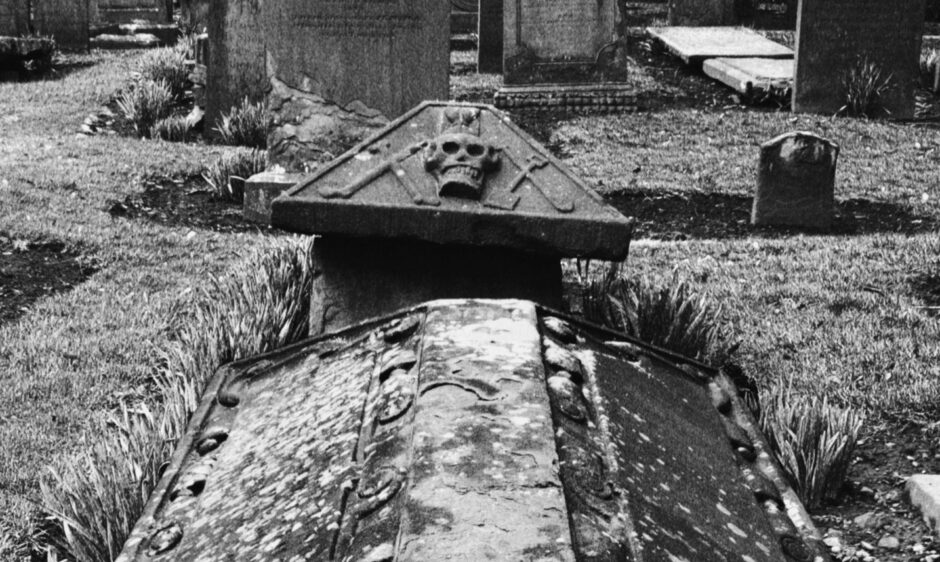
The Howff was created by royal benevolence to dignify Dundee’s dead but by the 1800s it had descended into a den of depravity.
Gamblers lolled around the gravestones, ghouls stalked fresh lairs to snatch corpses and ghosts left the spiritual realm to sojourn among the tombs.
In the 1500s the only common burial place in the old burgh was St Clement’s Churchyard. That occupied part of the ground where the City Square is today.
It was not only overflowing but, being in the centre of the burgh, a health hazard.
Mary Queen of Scots visited the burgh. She was horrified at this having been brought up in France where all burial grounds were outside the town wall.
On September 11 1564, she gifted what had been the orchard of the Greyfriars Monastery to the burgh of Dundee as a burial ground.
There are 1,751 gravestones in the Howff. There are many more people, however, buried there.
In olden days people would be wrapped or sewn into Dunfermline linen and buried.
A grave would be reused regularly. That happened every seven to 10 years simply by re-opening it and tramping down the old remains or even throwing them away.
Were body-snatchers removing corpses?
Some bodies were secretly removed.
Geordie Mill, long-time gravedigger of the Howff, was suspected of links to the anatomy professors in Edinburgh. That was around the time of the Dundee cholera epidemic of 1832.
They were short of raw materials following the hanging of William Burke in 1829.
Nothing was proved.
But my Courier colleague Chris Ferguson came across a history of anatomy in Dundee. RR Sturrock wrote the book in 1970, which clearly names Mill as a body snatcher.
As Dundee’s population boomed, the cemetery became dangerously overcrowded. That prompted a judicial inquiry in 1858 into its closure.
It was described as having “sights and smells of a disagreeable character occurred at the opening of graves”.
Graves opened on the east side were sometimes partly filled with oozings “curiously coloured, and very offensive to more than one of the senses”.
In 1858 it was estimated there had been 15,000 burials in the previous 22 years. The inquiry argued over that figure.
That was 375 tons of human flesh put down against the walls of the tall houses built around the Howff, according to The Courier.
There was no earth left there, just a collection of organic matter in a state of decomposition.
Reform Street residents turned up with barrows of earth to cover the human remains they could see from their windows.
The place is “pestiferous”, said the paper.
Gravediggers smashed coffins
Former gravedigger James Kettle told the inquiry the place was so revolting his men needed spirits so they could stomach their work.
He said the dead did not get much more than a few years’ peace.
If space was required in a lair, they would dig up the occupants. They would go on to smash their coffins and remains and use the material to back fill and level the surface of other graves.
Kettle was driven from his sacrilegious work by the dreadful smell of tarry material oozing from the side of graves.
The Advertiser warned that if the scant surface of the Howff was removed, the whole town would be poisoned.
But there were some strong supporters of continued use of the cemetery.
The gases from the thousands of recently buried corpses ascended readily through the ground like a sieve. That made the air so balmy that some walked there after a shower for the benefit of the salubrious atmosphere, explained one undertaker.
What kind of ghosts exist in Dundee Howff history?
The site was closed in November 1860. Most burials would have taken place at the New Howff between Bell Street, Constitution Road and Dudhope Crescent Road.
Tales of ghosts were plentiful in this time period after burials had ceased.
The eternal sleep of the cemetery’s inhabitants appeared anything but restful.
In the cold, ghastly light of a May dawn in 1869, Dundee police officers encountered a gliding spectre with a face so awful they would not describe it.
The haunting began in Hilltown an hour before dawn while street lamps were unlit.
In the gloom, a constable saw in the distance a tall, thin figure clad in white moving rapidly towards him.
The brave officer stood his ground and resolved to see what this awful “thing” could be.
Horrible to relate, stated The Courier: “this ghost did not even condescend to walk (as ghosts usually do): it did not touch the ground, as feet it appeared to have none.
“It was borne swiftly along in mid-air without any apparent support.
“But the face of the ghost was the worst of it all.”
His brother officers heard the shriek of the “horror-stricken” policeman. They witnessed the ghost on its journey down Murraygate, High Street and Reform Street.
The “brothers-in-blue” watched the spectre “gliding with alarming speed” down the Hilltown before witnesses saw it disappear into the Howff graveyard in a blue flash.
The spooky goings-on continued
In May 1907 a “weird figure was seen gliding among the tombstones of the Howff”.
The Evening Telegraph said a “curious gathering” lined the railing from which the “mysterious movements” of the “supernatural” visitor could be distinctly observed.
The newspaper said even the boldest watcher “beat a hurried, almost precipitate, retreat” once the strange figure “stalked with ghostly dignity towards the side gate”.
There was a second group of people who made the Howff a meeting place once burials stopped. They were described as the “gambler, the loafer and the lady of easy virtue”.
In 1931, a Dundee councillor proposed the Howff the ideal site for the central bus station. Special parliamentary authority, however, was needed and Shore Terrace was chosen instead.
In August 1934, the Howff gates were closed “during racing hours” every day from midday to 4pm. That followed numerous complaints over crowds gathering to gamble.
Does the Dundee Howff have an ‘indecent’ history?
Gambling was illegal but the “evil” practice still took place despite the “very strong” sentences imposed on bookies and punters by Bailie Blackwood at the Police Court.
The Courier said: “It is really a question of decency.
“Indecency is the only word to describe the state of affairs in the Howff during racing hours, when daily a crowd of excited punters assembles over the graves of Dundee’s dead to await the outcoming of their flutters.
“At other hours the spectacle presented by the heart of the graveyard, beaten out like a playground, is an offence to the eyes made all the more aggressive by the verdurous environment.”
The dead could rest again.
Listing building status protected The Howff in 1963.
It has now become a tourist attraction. Although these days the dead only rise up and walk amongst the living during some of the midnight ghost tours.
Dundee should consider the cemetery one of the jewels in our crown.
It is a historian’s own heaven.
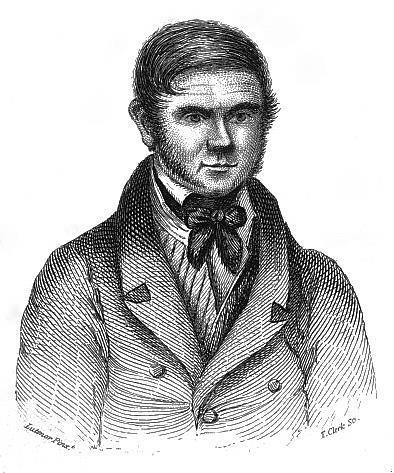
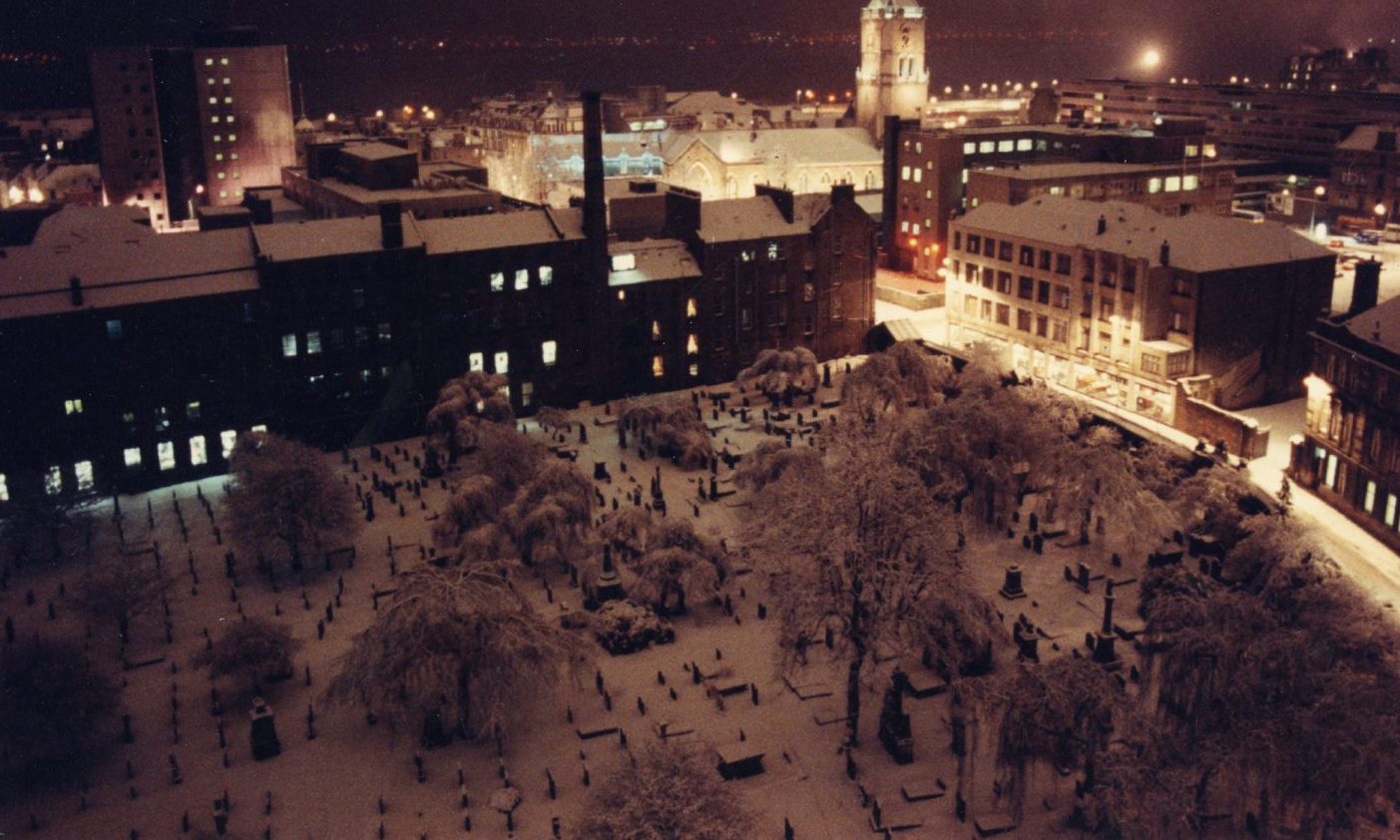
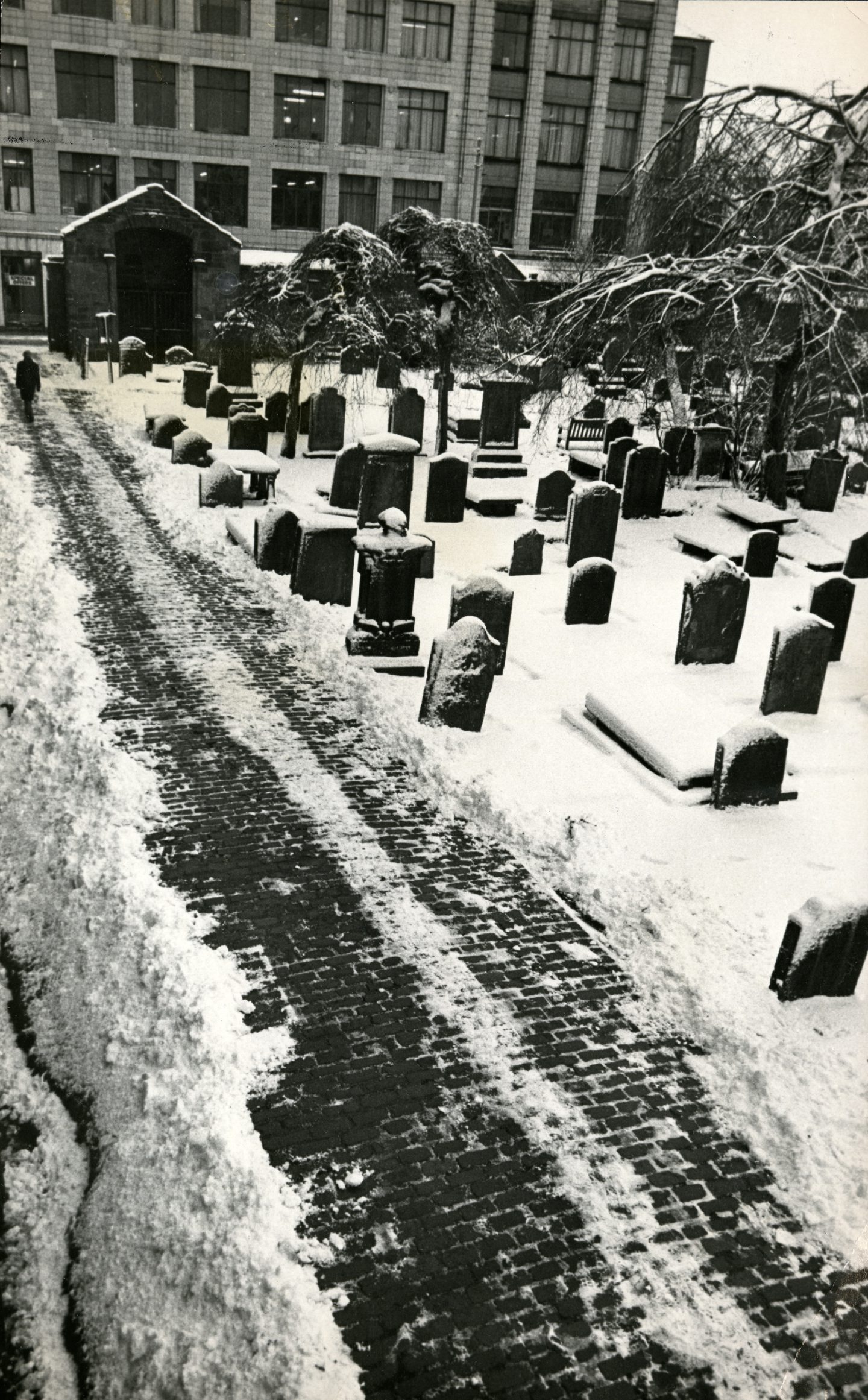
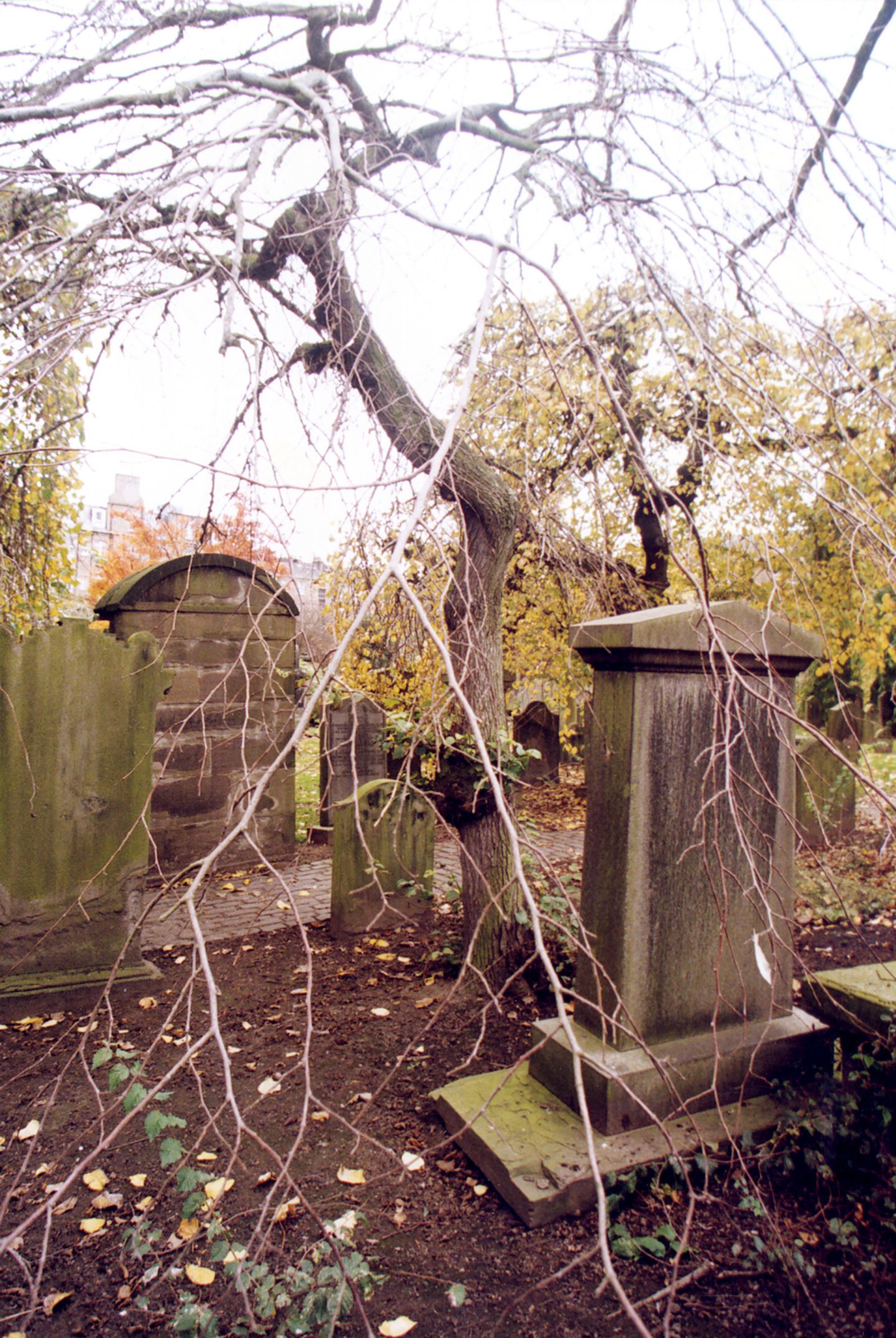
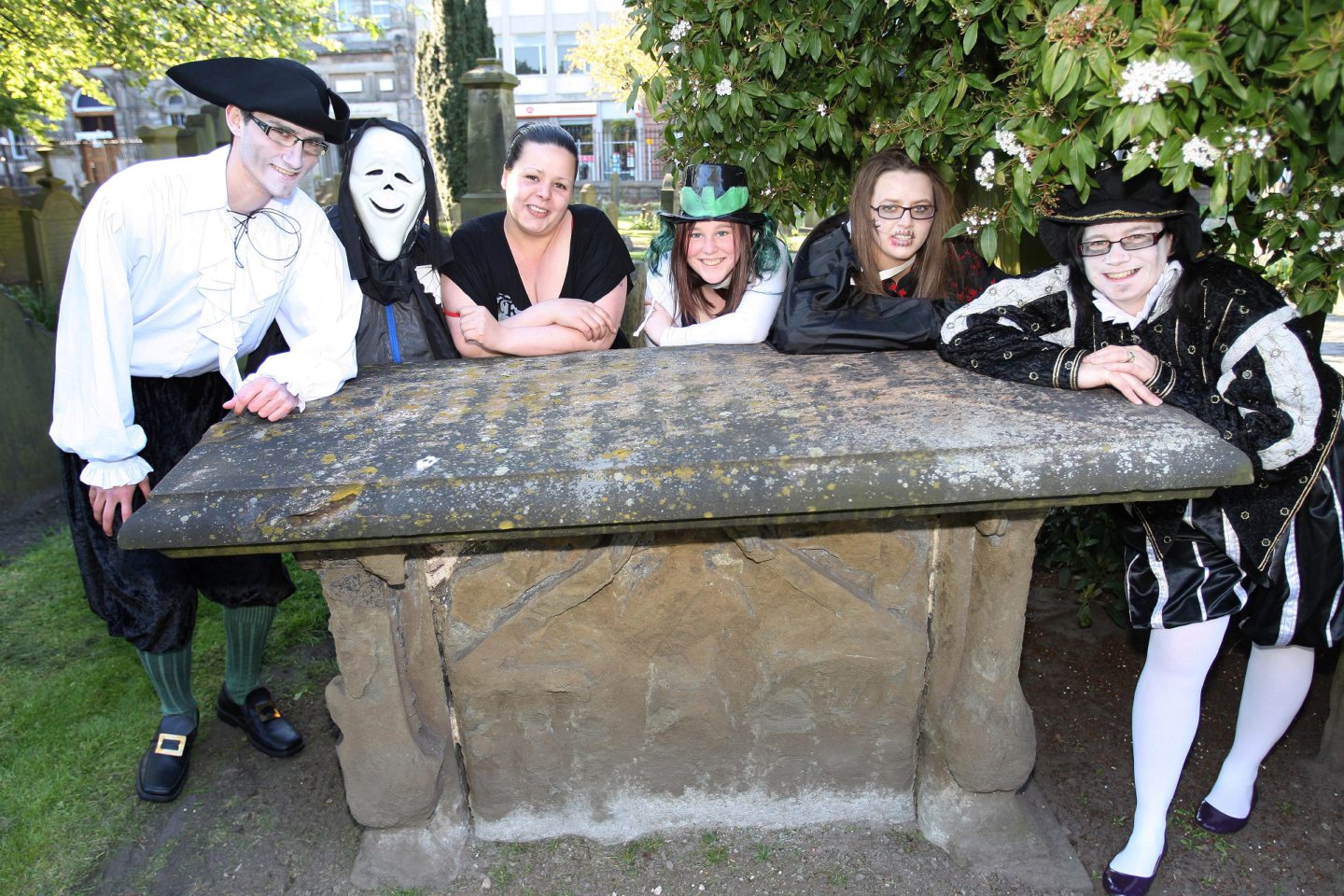
Conversation